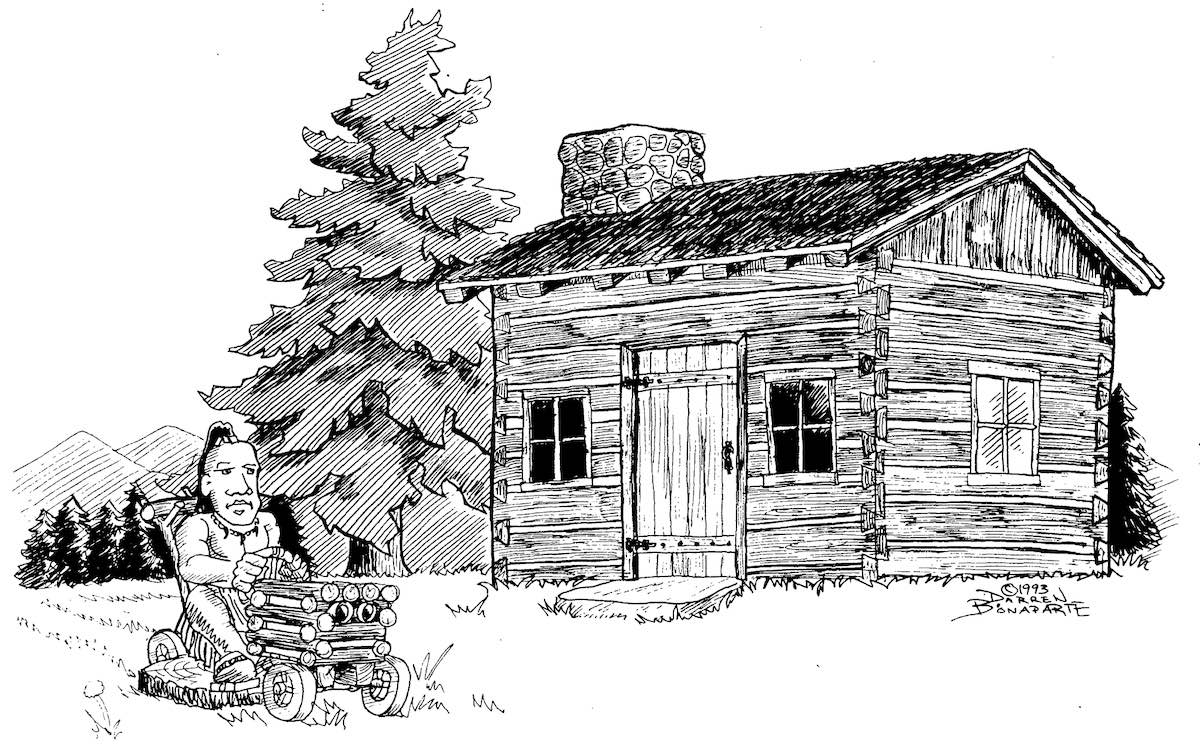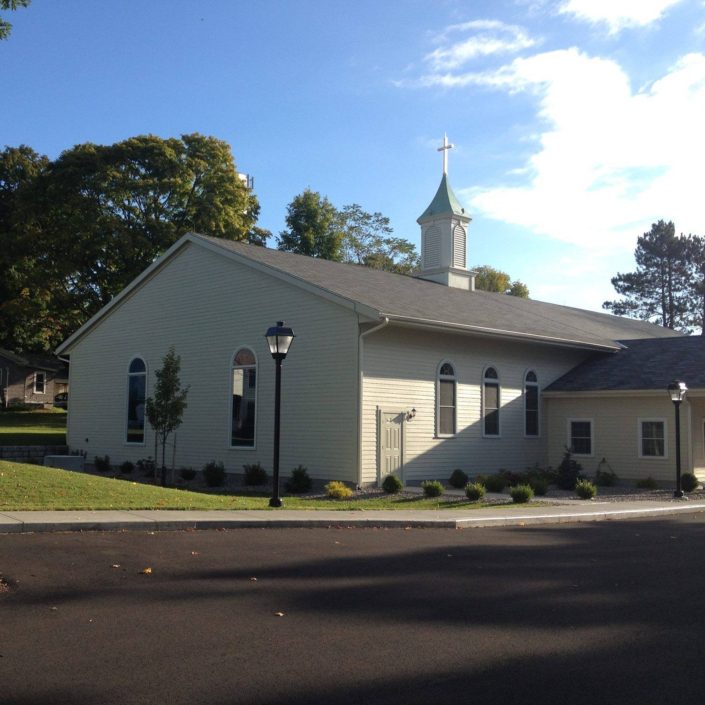The Oswegatchie Migration
From the Land of Flint to the Land Where the Partridge Drums The Migration from the Mohawk Valley to Kahnawake and Akwesasne
by Darren Bonaparte
In 1760 another French mission known as Oswegatchie (located on the southern banks of the St. Lawrence River at present- day Ogdensburg, New York) fell into English hands as forces under General Jeffrey Amherst swept the St. Lawrence region. Oswegatchie had been established in 1749 by Abbe Francis Picquet, a Sulpician priest who had previously been assigned to Kanesatake. This mission’s original purpose was to draw more Haudenosaunee away from British influence in the south, but it was quickly fortified because of its strategic location on the St. Lawrence River and was henceforth known as Fort La Presentation. (Blau, Campisi, and Tooker 1978:494-495) Like the warriors om Kahnawake and other “French Indian” settlements along the St. Lawrence River, natives from this mission fought against the British during the Great War for Empire. The Oswegatchie mission began to disintegrate after the departure of Picquet in 1760; he could not envision working under a British regime that now controlled the St. Lawrence River. Around this time some of its occupants, mostly Onondagas, Oneidas, and Cayugas, moved to Akwesasne where^they were “absorbed” into the population. More arrived when Oswegatchie was dismantled by the Americans in 1806. This is the reason why there are Deer and Snipe Clan people living in Akwesasne today, along with the primary Mohawk clans of Bear, Turtle, and Wolf. Akwesasne readily accepted the refugees and assumed the Oswegatchie territory, which consisted of lands in the St. Lawrence River and the Gananoque River to the present town of Prescott, Ontario.
The Seven Nations of Canada
With the dissolution of Oswegatchie, Akwesasne assumed its membership in the loose alliance known as the Seven Nations of Canada. This confederation, which held
its own “Grand Council” in Kahnawake, also consisted of Algonquins, Hurons, Nipissings, Onondagas, Cayugas, and Abenakis from Christian missions in the area. It provided them with an important link, both political and cultural, to the Haudenosaunee Confederacy, but its ties to the French (who promoted the union) were sometimes just as strong, if not stronger. Previous to Akwesasne’s assumption of Oswegatchie’s membership, Akwesasne was considered a “branch” of Kahnawake. (Blanchard-1983:9-22)
Membership in the Seven Nations of Canada required that the Mohawks send chiefs to attend the Grand Council in Kahnawake. Prior to the arrival of the Oswegatchie refugees, Akwesasne is believed to have had nine chiefs operating under the system used by Kahnawake at the time. In this system, the clan mothers of the Bear, Wolf, and Turtle clans chose three chiefs, or Rotinonkwiseres (also known as “Longhairs”) from among their clans who would hold their positions for life, hence the title “Life Chief.” This was the way chiefs had been chosen back in the Mohawk Valley days. With the arrival of other Haudenosaunee at Akwesasne, it has been suggested that three more chiefs were added to the Council of Life Chiefs, bringing it to a total of twelve, but there appears to have been times when not all of the titles were held.
Fire Destroys the Church
In 1762 a fire destroyed the fledgling church and all of its records. Also lost was the relic of Kateri Tekakwitha that accompanied the original settlers from Kahnawake. The church was quickly rebuilt that year. (Hough 1853:115) This was also the year that the deputy superintendent of Indian Affairs, Daniel Claus, began to suspect the newly-arrived Jesuit, probably Father Antoine Gordon (a Frenchman), of trying to stir up trouble against the British. It is noted that his efforts were unsuccessful in rousing the passions of the war-weary Mohawks—if that was, in fact, what he was trying to achieve. Father Gordon departed from Akwesasne for health reasons in 1775, leaving the mission without a resident priest for the next ten years.

Illustration by Darren Bonaparte, 1993.
By Darren Bonaparte, historian and author of The Wampum Chronicles. Reprinted with permission.
Darren Bonaparte is a cultural historian from the Akwesasne First Nation. He is a frequent lecturer at schools, universities, museums, and historical sites in the United States and Canada. He has written four books, several articles, and the libretto for the McGill Chamber Orchestra’s Aboriginal Visions and Voices. Darren is a former chief of the Mohawk Council of Akwesasne. He is the creator of The Wampum Chronicles and historical advisor to film and television. He currently serves as the Director of the Tribal Historic Preservation Office of the Saint Regis Mohawk Tribe.
Next week: The Oswegatchie Migration














